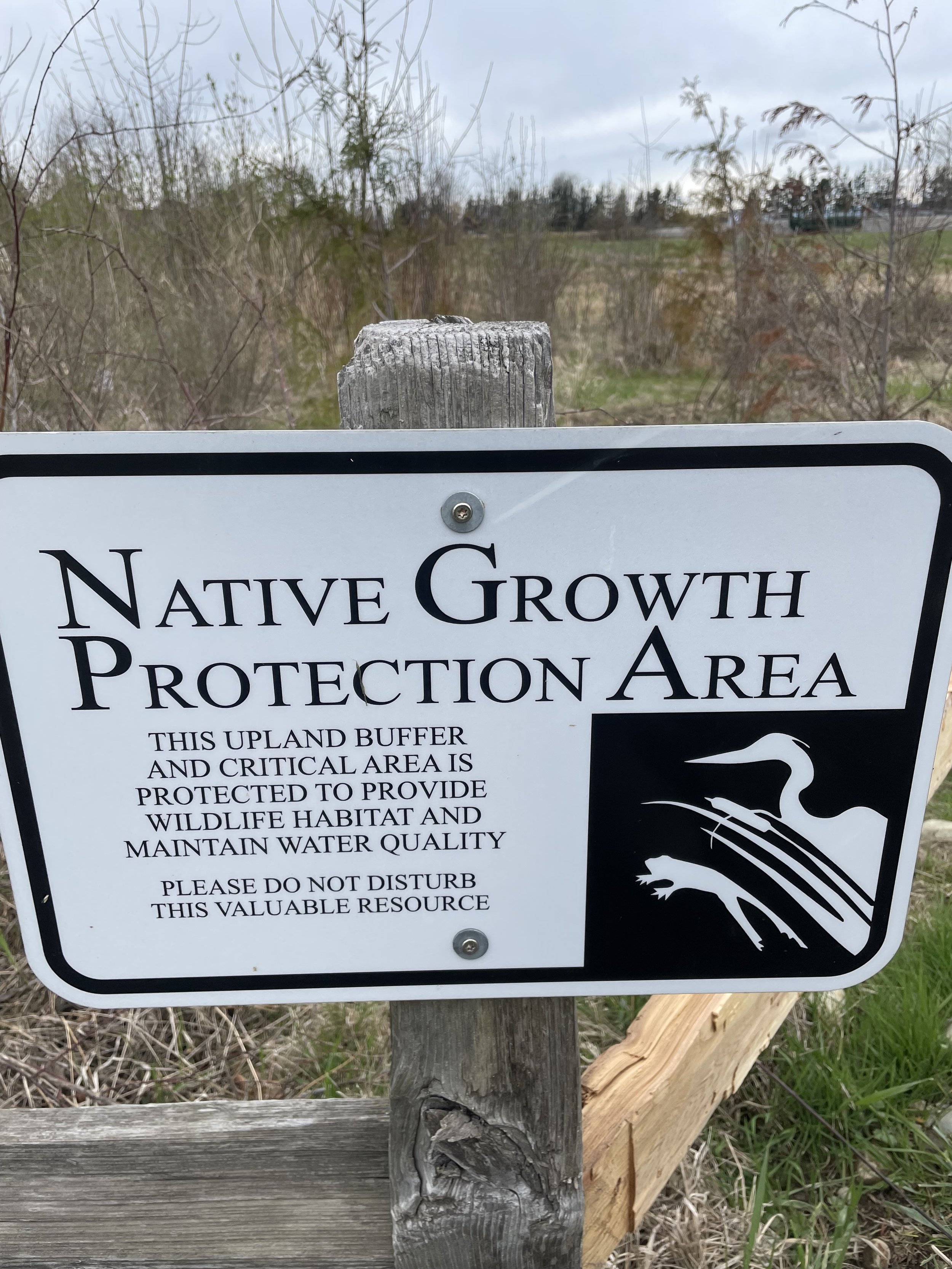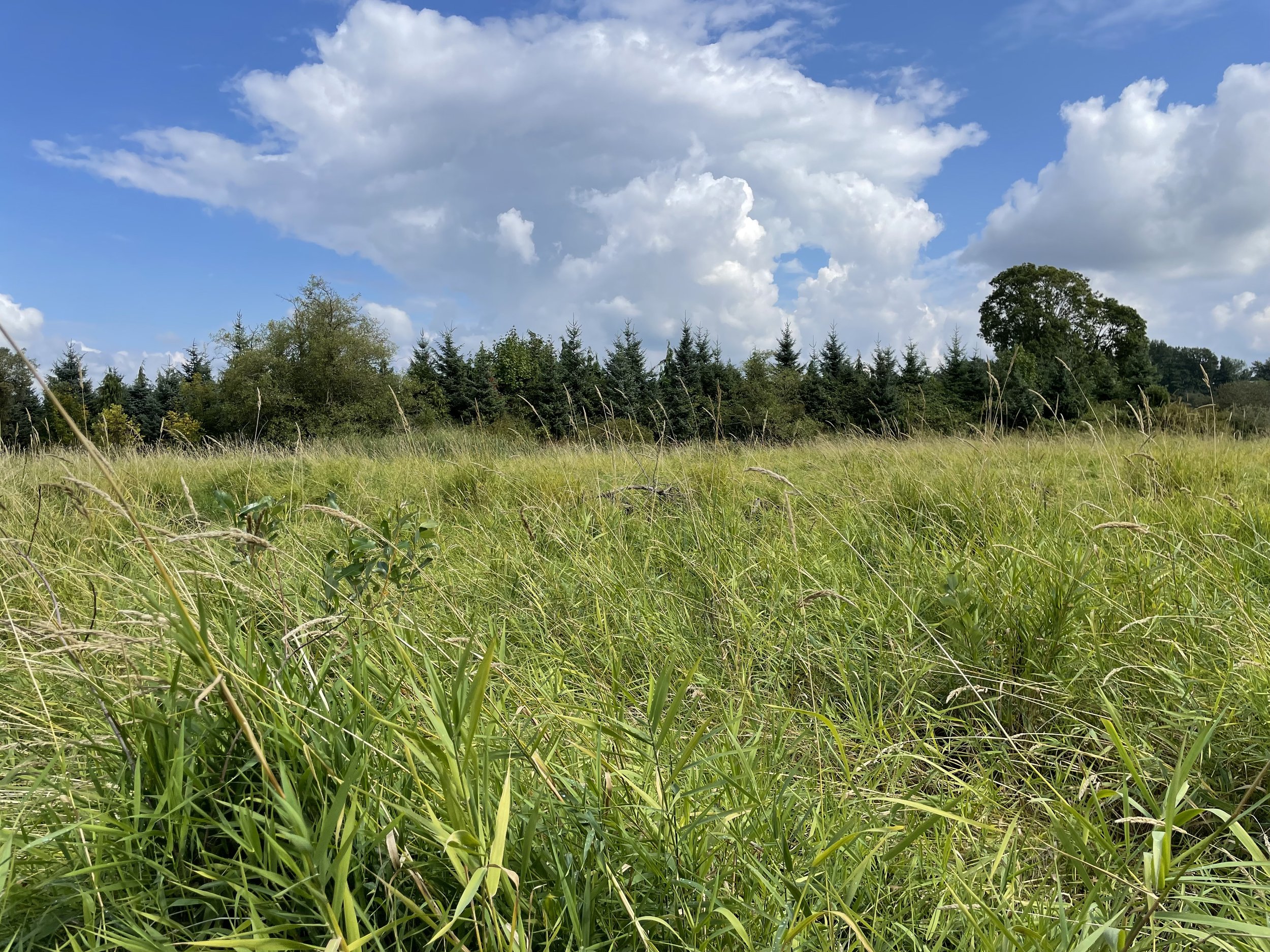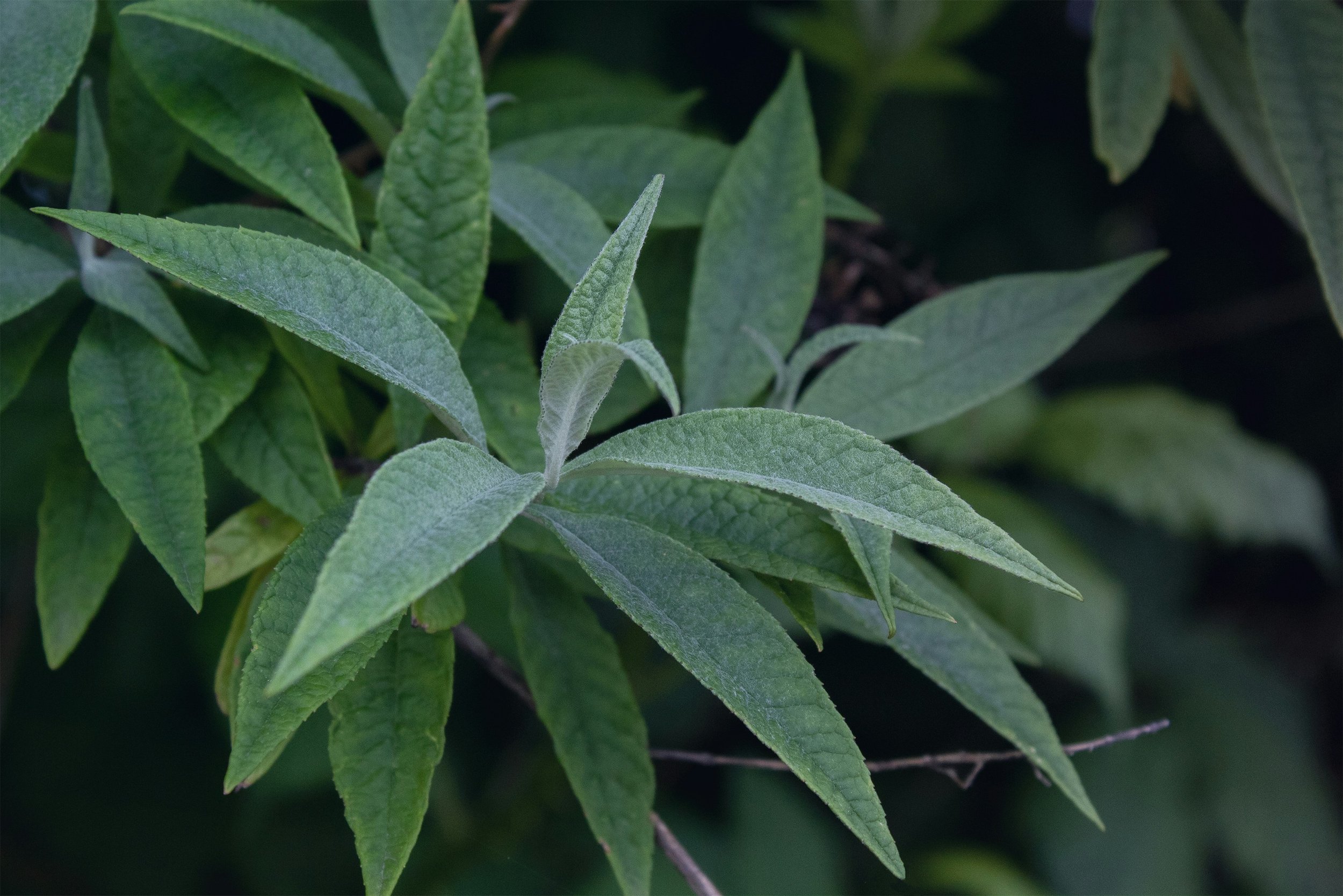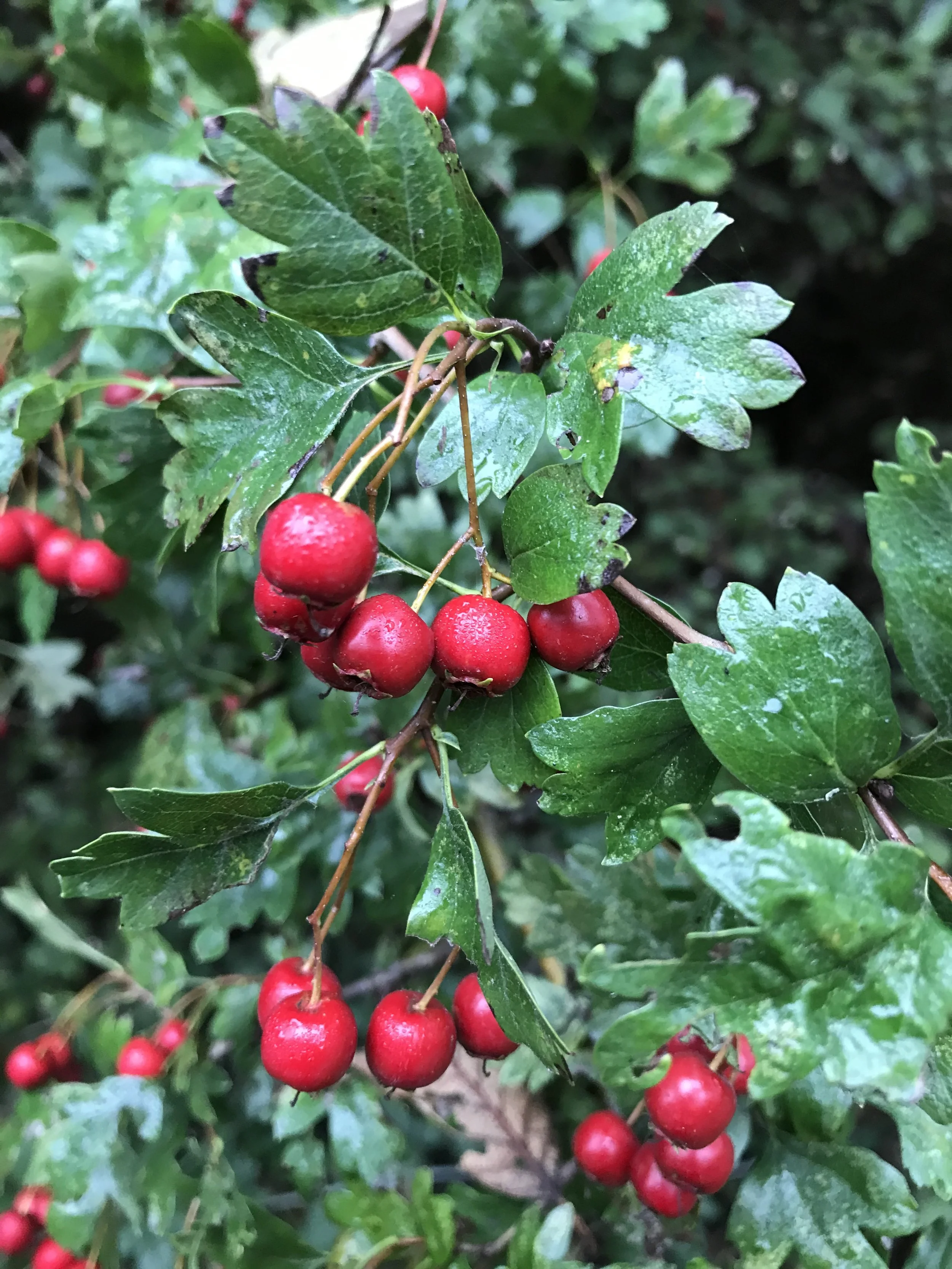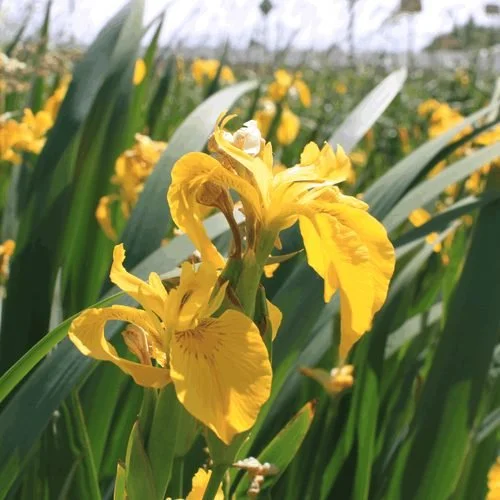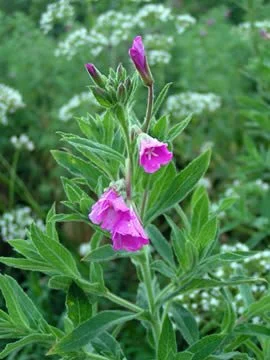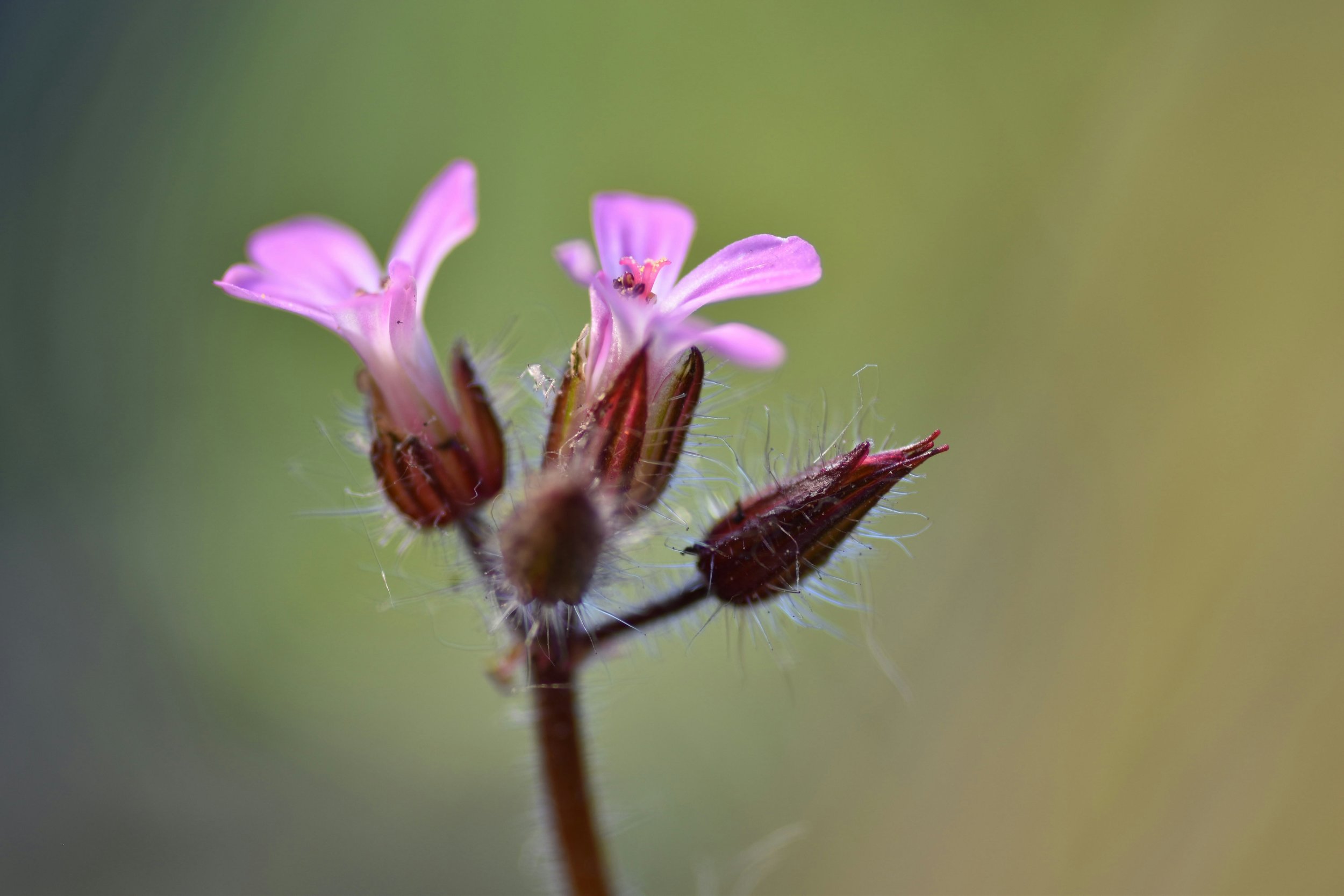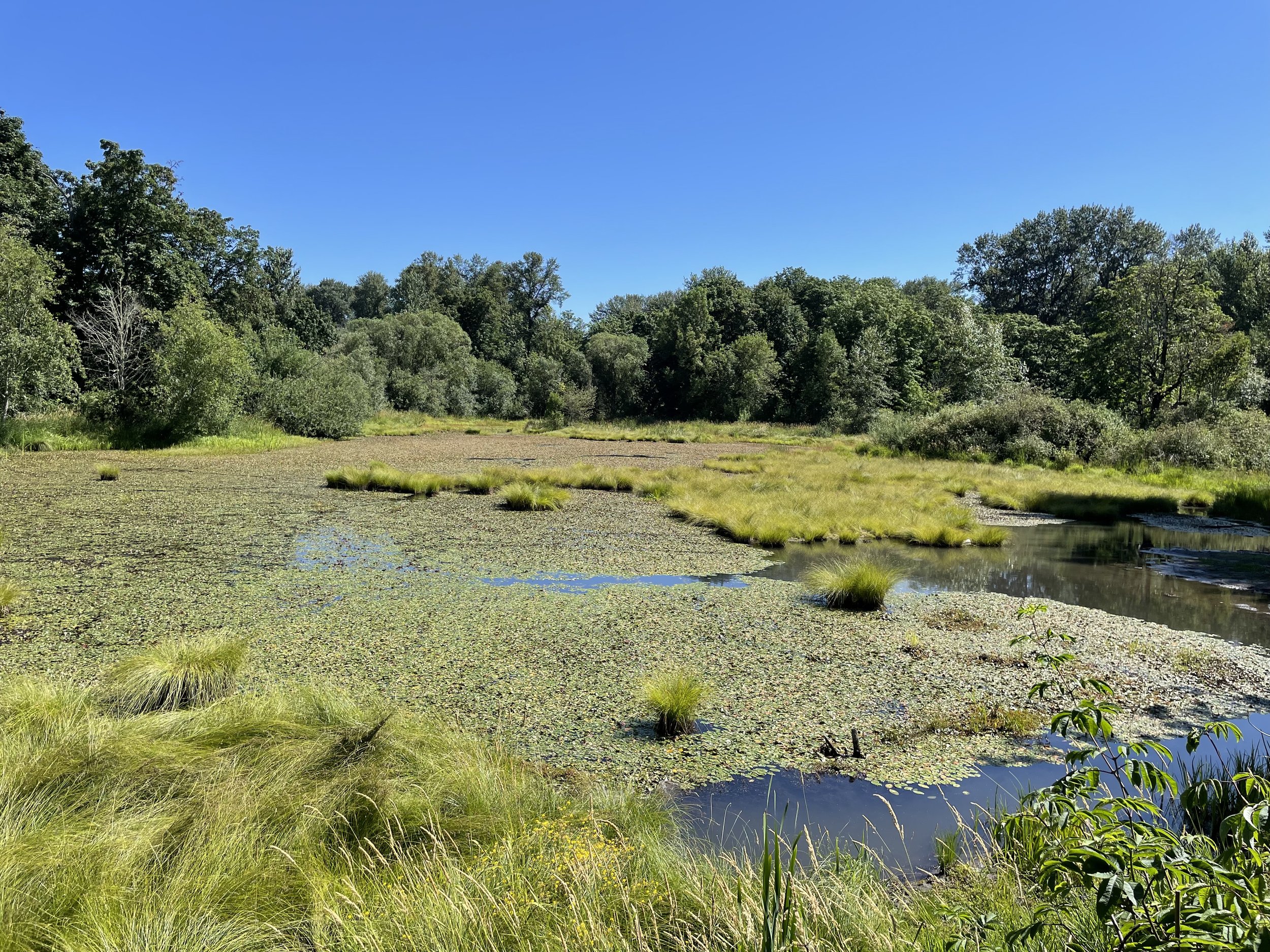
Mitigation sites aim to make up for the losses due to land disturbance & development. Using proper installation methods and dedicated maintenance, enhanced native vegetation & habitat, water filtration and overall site functionality can be achieved.
Mitigation sites, Native Growth Protection Areas & habitat creation
New Property Feasibility: Are you considering buying a property? Schedule an on site Feasibility meeting to discuss what is legally possible. You will receive actionable and accurate information regarding wetland regulations, mitigation monitoring requirements and creative solutions to limit development impacts.
Native Growth Protection Area (NGPA) & critical habitat management, planning & installation: Forager landscapes partners with local growers which ensures all plants are locally adapted to your site and all raw materials are locally sourced. With knowledge that draws from a wide range of experiences, You can be confident that your project is installed with skill and care which gives us the best chance to achieve jurisdictional performance standards and early close out.
Mitigation site Project Management: After installation is complete, an As-Built report should be filed followed by annual or biannual site visits to track the progress of the site as it relates to the performance standards set by the Department of Ecology, or other governmental agencies. Technical reports will be created and filed. It is here that any recommendations or justifiable adjustments to the performance standards will take place. You can trust that we will find cost effective and result oriented solutions to any site issues that come up. A monitoring period can last anywhere from 3-10 years.
Specialized site maintenance: Putting native plant knowledge to work! It is imperative that the maintenance crew you choose knows which plants are helping to achieve performance standards, especially regarding natural revegetation that inevitably will take place, versus the invasive species that are keeping your site from achieving performance standards. Anyone can cut around blue tubes but observing which plants are thriving and allowing nature to steer the ship will result in a quicker close out and a more resilient & sustainable site.
Invasive Species Management
These species do not play nice with others. They have grown to threaten native plant and animal populations, encroach on critical habitat and jeopardize agricultural crops and livestock.
Most of these plants are non-natives that were brought in either for their beauty & function in a residential setting or agricultural food crop & forage possibilities. The change in environmental conditions compared to their native environment has resulted in problematic spread.
Most of these species can be managed with physical control, which is the preferred technique for holistic site health. For the tougher species, Forager Landscapes is in the process of becoming a licensed chemical applicator.
To stay up to date on the most recent invasive species research & management strategies, Forager references The Washington State Noxious Weed Control Board & the Washington Invasive Species Council
Image: Portion of a mitigation site in Ferndale, Washington with approximately 95% Reed Canary Grass Cover
Common Western Washington Invasive Species



